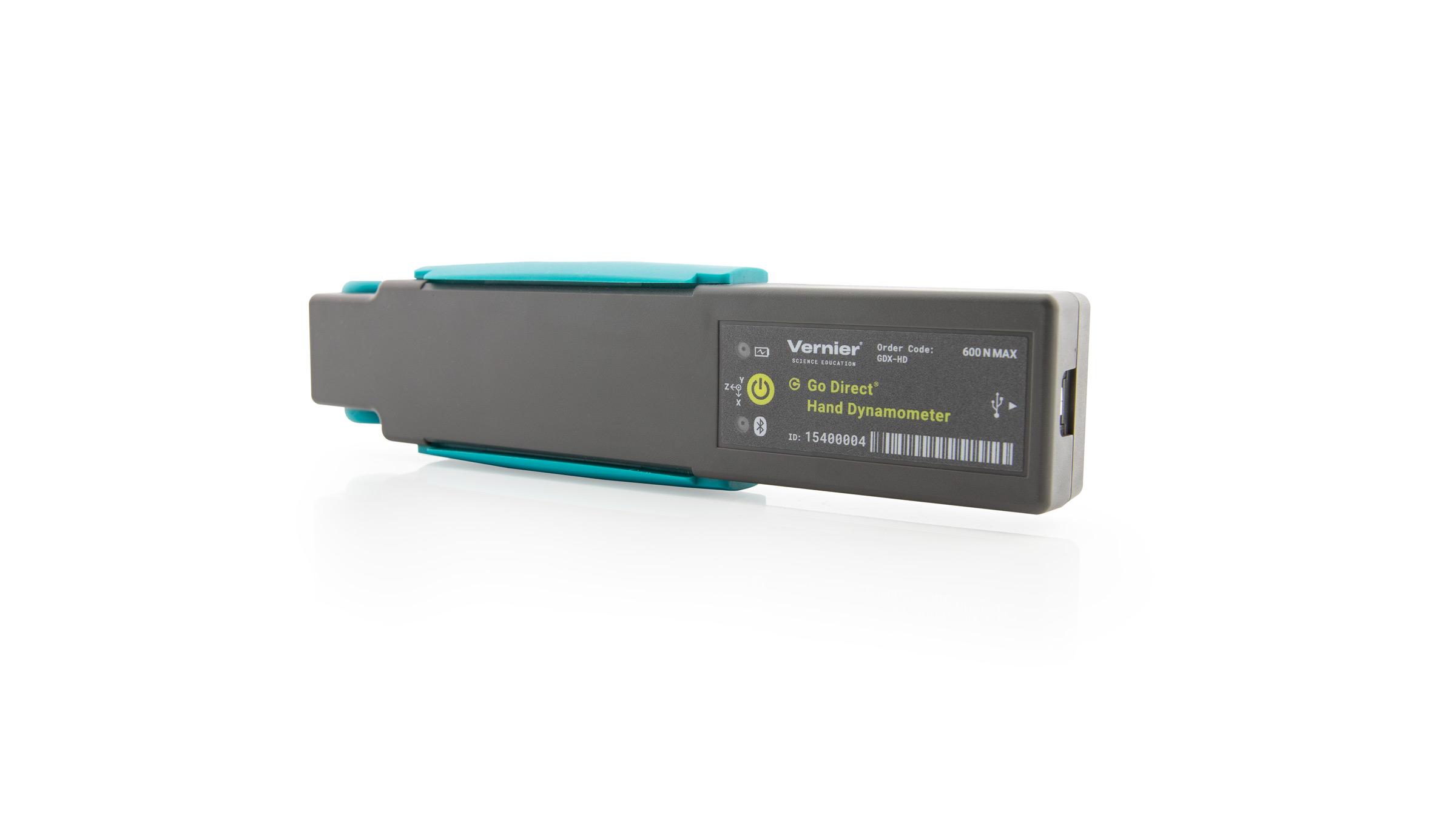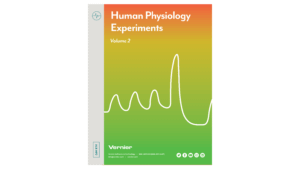Introduction
Motor output (e.g., walking, jogging, running) is the result of communication between the brain and individual muscle fibers of the musculoskeletal system. Electrical impulses from the brain are relayed to motor neurons in the spinal cord and peripheral nerves and travel to the neuromuscular junctions on muscle fibers. A motor unit is defined as the muscle fibers that a single motor neuron innervates. In mammals, each individual muscle fiber is only innervated by one motor neuron, but a single motor neuron can innervate many muscle fibers. All of the motor units that innervate a given muscle are referred to as a motor pool.
Within each motor unit, the individual muscle fibers contract with an all-or-none response when stimulated, meaning that the muscle fiber contracts to its maximum potential or not at all. The strength of contraction of a whole muscle depends on how many motor units are activated. The amount of force produced can be correlated with electrical activity measured over the muscle with a technique called electromyography, or EMG. Analyzing muscle activity can be complex. Patterns of muscle output (e.g., walking, jogging, running) are related to how long different motor pools are active, not just how much force a given muscle produces.
In this experiment, you will use a Hand Dynamometer to measure maximum grip strength and correlate the production of force with the electrical activity (EMG) of the muscles involved using an EKG Sensor. You will use two different methods to analyze muscle activity: EMG amplitude and the integral of the EMG. EMG amplitude measures the height of the EMG signal, whereas the integral measures the area under the EMG graph.
Important: The equipment used in this experiment is for educational purposes only and should not be used to diagnose medical conditions.
Objectives
- Obtain graphical representation of the electrical activity of a muscle.
- Correlate grip strength duration with the integral of the EMG.
- Correlate grip strength amplitude with the integral of the EMG.
Sensors and Equipment
This experiment features the following sensors and equipment. Additional equipment may be required.
Correlations
Teaching to an educational standard? This experiment supports the standards below.
- International Baccalaureate (IB)/Sports, Exercise, and Health Science
- 9. Fatigue
- International Baccalaureate (IB) 2025/Biology
- B3.3.2—Sliding filament model of muscle contraction
- B3.3.4—Structure and function of motor units in skeletal muscle
Ready to Experiment?
Ask an Expert
Get answers to your questions about how to teach this experiment with our support team.
- Call toll-free: 888-837-6437
- Chat with Us
- Email support@vernier.com
Purchase the Lab Book
This experiment is #14 of Human Physiology Experiments: Volume 2. The experiment in the book includes student instructions as well as instructor information for set up, helpful hints, and sample graphs and data.



